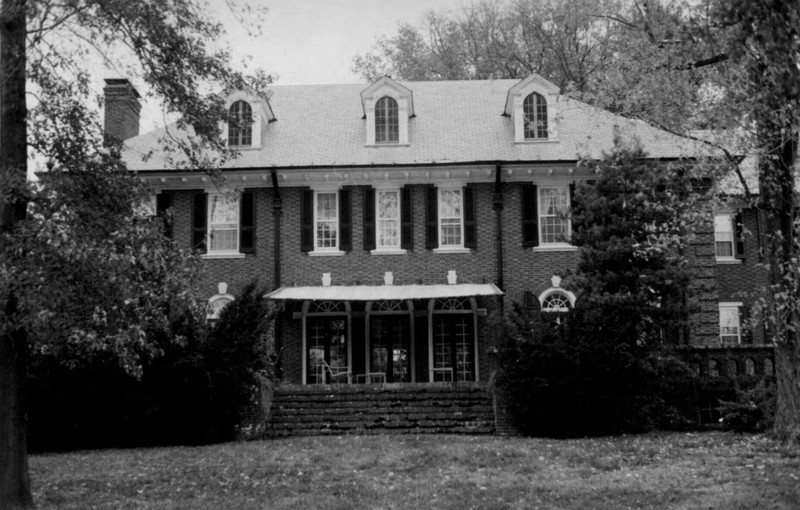Samuel Plant House
Introduction
Text-to-speech Audio
The Samuel Plant House, a Georgian Revival home built in 1912, survives as a reminder of the connection between the Plant family and St. Louis' flour-milling industry, once a vital component of the St. Louis economy. By the middle of the nineteenth century, St. Louis supported more than twenty mills. The Plants started milling in the 1840s, and their success led them to become the only family to provide three St. Louis Merchant's Exchange presidents. Samuel Plant also helped organize the town of Ladue.
Images
Samuel Plant House

Backstory and Context
Text-to-speech Audio
George P. Plant, brother to Samuel Plant's grandfather, came to the region in 1837 as a surveyor and engineer for the construction of a railroad from Naples, Illinois, the first in the Midwest. In 1840, he moved to St. Louis, built the Franklin flour mill (on Franklin Avenue), and organized the George Plant Milling Company to operate it. By the 1850s, St. Louis served as one of the nation's leading mill cities, supporting more than twenty mills. (In the 1850s, St. Louis ranked with Rochester, Minnesota, as the nation's leading flour manufacturing center.) George Plant's Franklin Mill was not the largest, but the mill enjoyed a good reputation and, unlike many mills, escaped destruction due to fire.
The family moved the mill to a new location in 1884 near the river, where its capacity increased from 400 to 2,000 barrels per day. By 1906, the Plant mill capacity reached 3,500 barrels per day, and they shipped to all parts of the United States, Europe, and especially the West Indies, where the Plant's flour enjoyed exceptional popularity. A true family operation, George Plant was joined by his brother (Samuel's grandfather) during the 1840s and passed down the milling operation from generation to generation. They were the only family to provide the Merchant's Exchange with three presidents, including Samuel Plant, who built the historic house in 1912.
Six years after building the home, Samuel took over as director of the family business in 1918. But, in 1926, the family sold the Plant Milling Company to Texas and Oklahoma interests. After the family sold the company, Samuel became a member of the Board of Directors of the Neighborhood Association, which sponsored two inner-city settlement houses. He also helped organize the municipality of Ladue, which incorporated in 1936.
Cite This Entry
Powers, Mathew. "Samuel Plant House." Clio: Your Guide to History. May 25, 2023. Accessed April 7, 2025. https://theclio.com/entry/168973
Sources
Hamilton., Esley. "Nomination Form: Samuel Plant House." National Register of Historic Places. mostateparks.com. 1983. https://mostateparks.com/sites/mostateparks/files/Plant%2C%20Samuel%2C%20House.pdf.
Purdy, Harry L. "A Historical Analysis of The Economic Growth of St. Louis: 1840 - 1945." Federal Reserve Bank of St. Louis. 1945. https://fraser.stlouisfed.org/files/docs/publications/books/econgrowthstl_purdy_1945.pdf.
National Register of Historic Places: https://mostateparks.com/sites/mostateparks/files/Plant%2C%20Samuel%2C%20House.pdf

